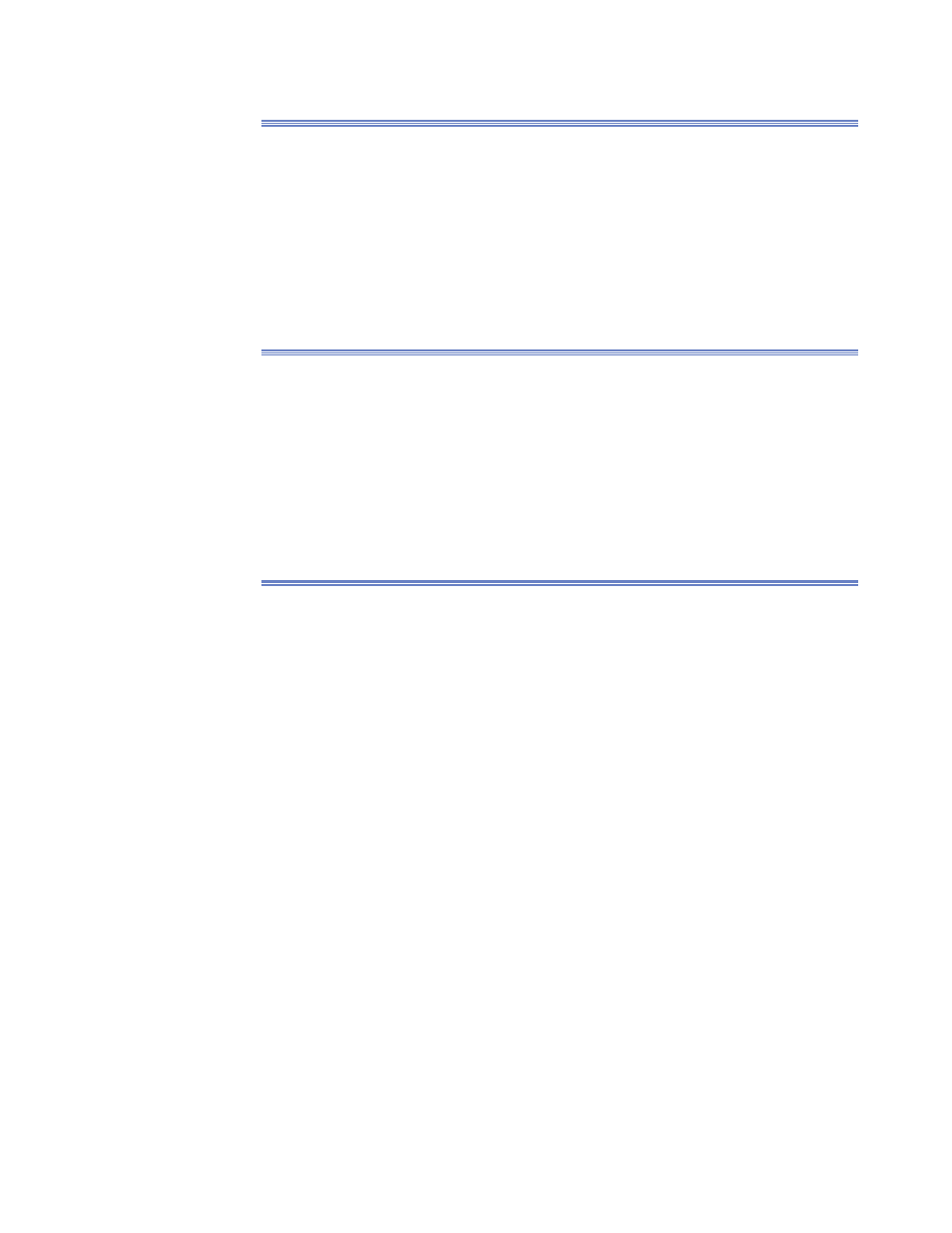F.2 how buildings leak, F.3 where buildings leak, F.4 requirements to air barriers – Retrotec USACE User Manual
Page 296

F2 ENERGY & PROCESS ASSESSMENT PROTOCOL
F.2 How Buildings Leak
The effect of warm air rising or cool air falling is called “stack” in a building and
is often the most constant force pulling air through buildings. Wind may cause
a higher loss rate intermittently. Together stack and wind form the basis of
unintentional exfi ltration and infi ltration in buildings. Ideally, mechanical ven-
tilation or intermittent window openings will create the ideal supply of fresh
air but in most cases the unintentional ventilation is predominant.
F.3 Where Buildings Leak
Stack pressures tend to be greatest at the top and bottom of buildings so that air
leakage sites in these locations cause a lot of leakage. Wind pressures impose a
positive pressure on the windward side with a negative pressure on the leeward
side causing air to fl ow horizontally through the building. These horizontal
fl ows generally increase at higher levels since wind speed increases with height
above the ground.
F.4 Requirements to Air Barriers
Every building must have a continuous air barrier to contain air leakage. Archi-
tects need to design building envelopes with a continuous air barrier to control
air leakage into, or out of, the conditioned space. All air barrier components of
each envelope assembly shall be clearly identifi ed on construction documents
with detailed joints, interconnections and penetrations of the air barrier com-
ponents. Clearly identify the Boundary limits of the building air barriers and
of the zone or zones to be controlled and tested for air leakage shall be shown
on the drawings.
Trace a Continuous plane of air-tightness must be traced throughout the
building envelope and all moving joints shall be fl exible and sealed. The air bar-
rier material(s) must have an air permeance not to exceed 0.004 cfm/sf at 0.3”
w.g. [0.02 L/s.m
2
@ 75 Pa] when tested in accordance with ASTM E 2178.
Air barrier shall be supported so as to withstand the maximum positive
and negative air pressure to be placed on the building without displacement,
or damage with the load transferred to the structure. Seal all penetrations of
the air barrier. If any unavoidable penetrations of the air barrier by electri-
cal boxes, plumbing fi xture boxes, and other assemblies are not airtight, make
them airtight by sealing the assembly and the interface between the assembly
and the air barrier or by extending the air barrier over the assembly. The air
barrier must be durable to last the anticipated service life of the assembly. Do
not install lighting fi xtures with ventilation holes through the air barrier
Provide a motorized damper in the closed position and connected to the
fi re alarm system to open on call and fail in the open position for any fi xed open
